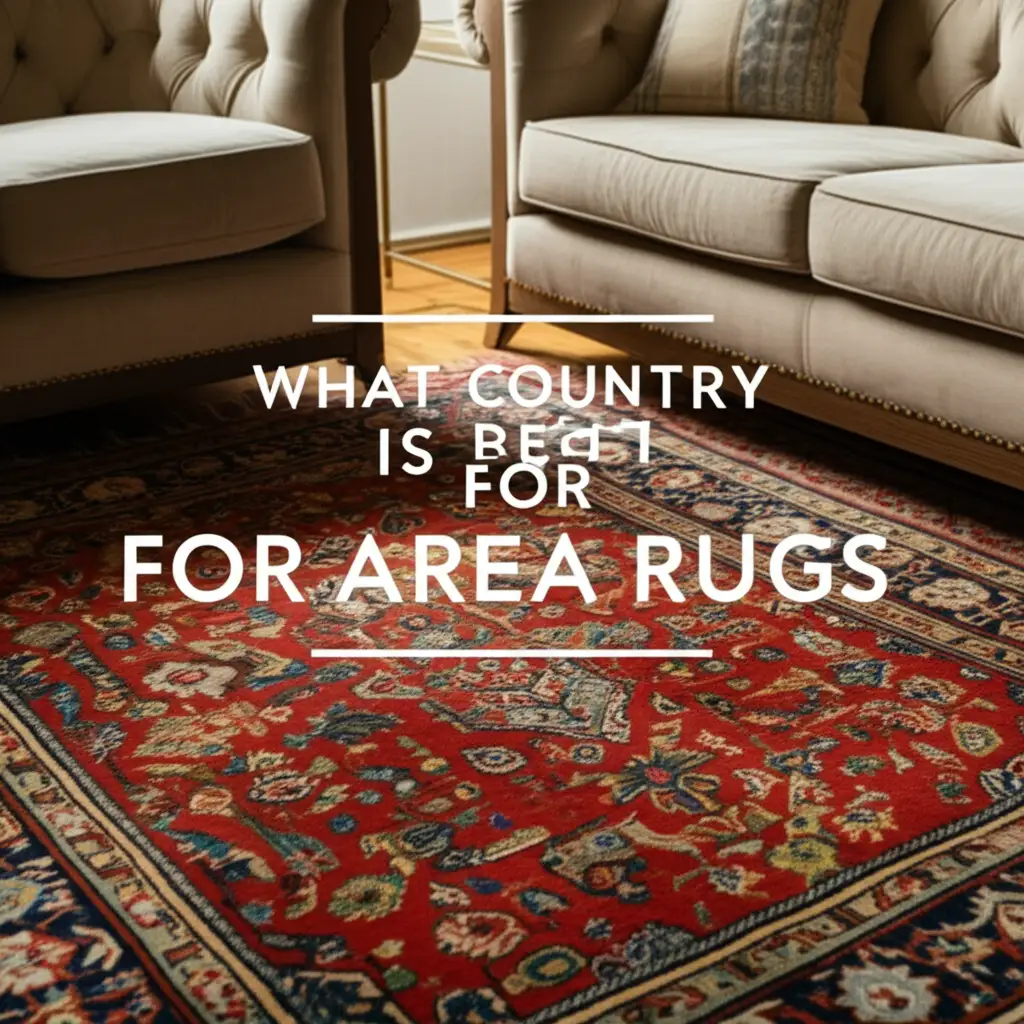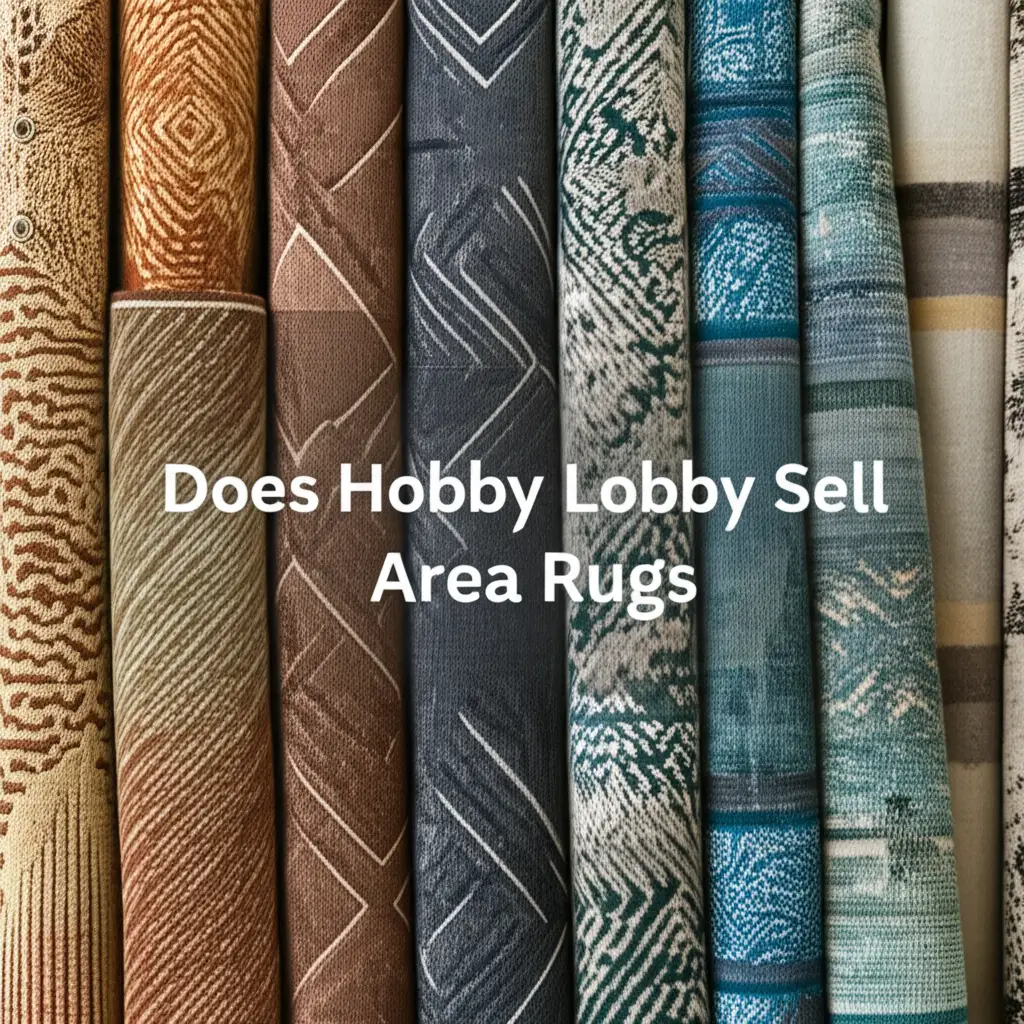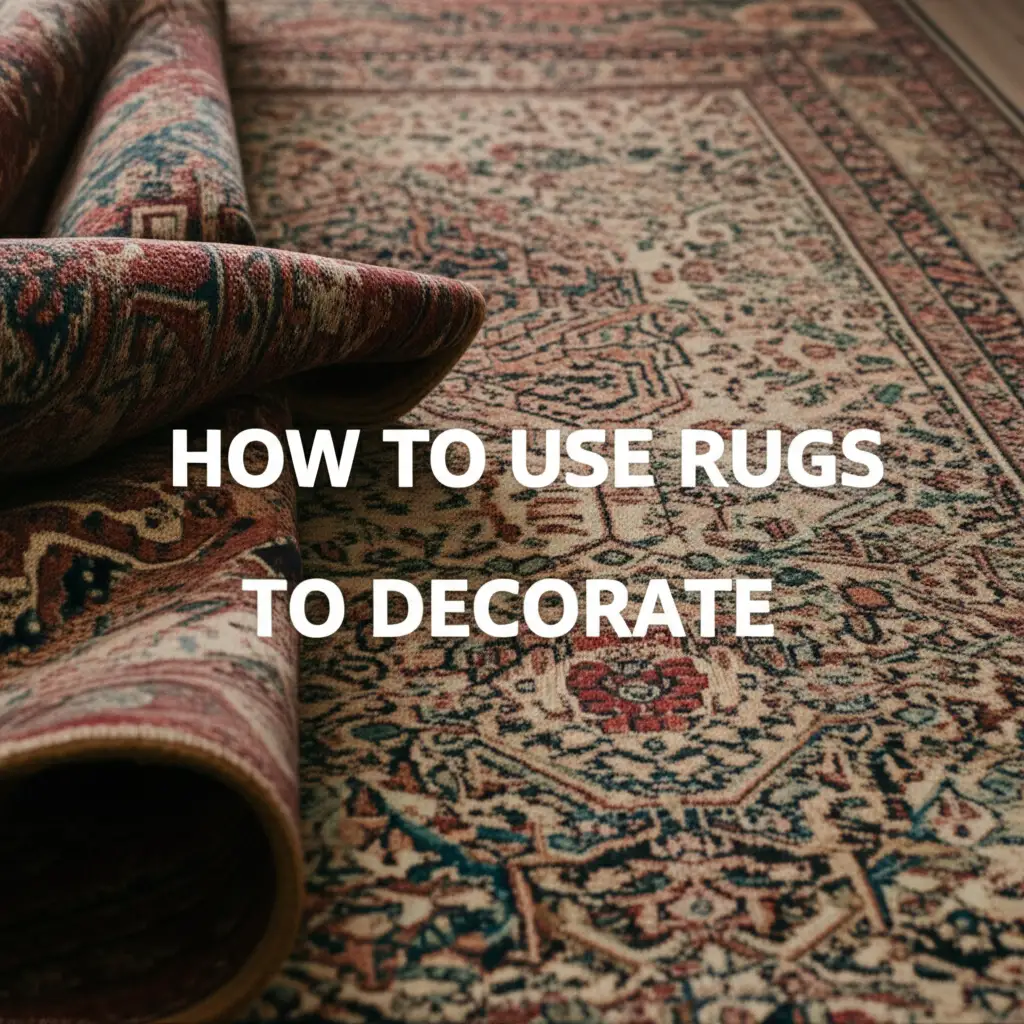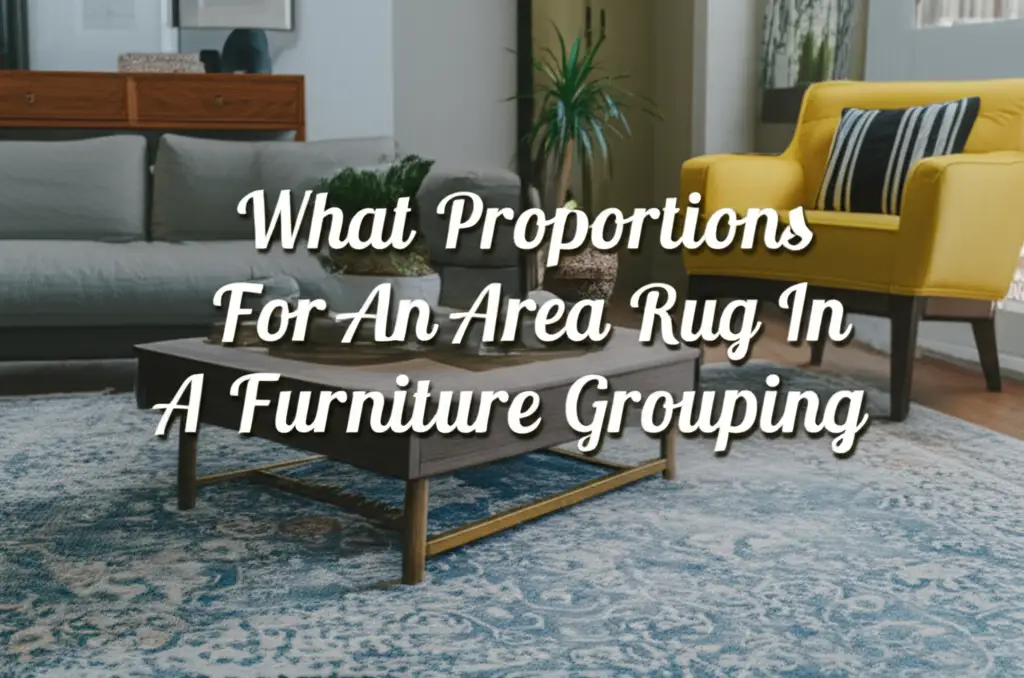· Mason Everett · Home Decor · 14 min read
What Country Is Best For Area Rugs

Discovering the Best Country for Area Rugs: A Global Guide
Stepping into the world of area rugs reveals a rich tapestry of history, culture, and artistry. Each rug tells a story, often reflecting the traditions of its origin country. You might wonder, with so many options available, what country is best for area rugs? The answer is not simple, as “best” depends on what you seek: traditional craftsmanship, unique designs, specific materials, or value.
This comprehensive guide explores the renowned rug-making nations. We will examine their unique contributions, design aesthetics, and what makes their area rugs distinct. From the intricate patterns of Iran to the vibrant hues of Morocco, you will gain insight into the global landscape of rug production. This journey helps you choose the perfect area rug for your home.
Takeaway
Choosing the best country for your area rug depends on your priorities. Consider these points:
- For Timeless Craftsmanship: Iran (Persian) offers intricate, durable hand-knotted wool and silk rugs.
- For Rich History and Wool Quality: Turkey (Anatolian) provides traditional patterns and robust weaves.
- For Versatility and Value: India creates a wide range of styles, materials, and price points.
- For Unique Bohemian Style: Morocco delivers distinct geometric and tribal designs.
- For Fine Silk Detail: China excels in delicate, high-sheen silk rugs.
Clear Answer: What Country Is Best For Area Rugs?
No single country holds the title of “best” for all area rugs. Each nation offers unique strengths in craftsmanship, design, and materials. Iran excels in traditional hand-knotted Persian rugs, known for their intricacy and durability. Turkey provides rich Anatolian designs, while India offers diverse styles at various price points. Morocco creates distinctive tribal patterns, and China is famous for luxurious silk rugs. Your ideal choice depends on your specific style and quality preferences.
Iran: The Enduring Legacy of Persian Area Rugs
When people think of exquisite area rugs, Iran often comes to mind first. For centuries, Iran, historically known as Persia, has been the undisputed leader in hand-knotted rug production. Persian rugs are famous for their intricate designs, vibrant colors, and exceptional durability. Weavers use high-quality wool, silk, or a blend of both.
The artistry of a Persian rug is truly remarkable. Each knot is tied by hand, following ancient techniques passed down through generations. These rugs often feature elaborate medallions, floral motifs, and detailed pictorial scenes. They are not just floor coverings; they are considered works of art. Owning a Persian area rug means possessing a piece of history and cultural heritage. The investment often increases in value over time.
- Key Characteristics of Persian Area Rugs:
- Hand-Knotted: This traditional method ensures superior quality and longevity.
- High Knot Density: More knots per square inch mean finer detail and greater durability.
- Natural Dyes: Many traditional rugs use natural dyes, giving them rich, lasting colors.
- Diverse Styles: Regions like Tabriz, Kashan, Isfahan, and Kerman each have distinct patterns.
- Premium Materials: Fine wool, often sourced from local sheep, and luxurious silk are common.
For anyone seeking a rug with unparalleled craftsmanship, historical significance, and a timeless aesthetic, Iranian Persian area rugs are an outstanding choice. They add elegance and warmth to any space. These rugs represent the pinnacle of rug-making tradition.
Turkey: Anatolian Weaving Traditions and Timeless Beauty
Turkey, known historically as Anatolia, boasts a rich and ancient history of rug weaving. Turkish area rugs, often called Anatolian rugs, are renowned for their bold geometric patterns, deep colors, and sturdy construction. Unlike Persian rugs, which often feature curvilinear designs, Turkish rugs typically display more angular and tribal motifs. This makes them distinct and visually striking.
The weaving tradition in Turkey dates back thousands of years. Early nomadic tribes developed techniques for durability and warmth. Today, Turkish rugs are still hand-knotted, primarily using high-quality wool. The wool is often lustrous and resilient, perfect for busy areas in your home. Some regions specialize in specific types, like the vibrant kilims (flat-weave rugs) or the plush Oushak rugs. Oushak rugs are particularly popular for their softer, more muted color palettes and large-scale floral patterns. They offer a sophisticated, aged look.
- Distinct Features of Turkish Area Rugs:
- Symmetrical Knot (Turkish Knot): This knot type is strong and durable, giving the rug a robust feel.
- Geometric and Medallion Designs: Patterns often reflect tribal or village origins.
- Rich, Earthy Colors: Common colors include deep reds, blues, greens, and browns.
- Durable Wool Construction: Made to withstand heavy use, making them excellent for living rooms.
Turkish area rugs offer a wonderful blend of history, artistry, and practicality. They bring a unique character to any interior design. If you are considering how to use rugs to decorate, a Turkish rug can become a powerful focal point. The quality of their wool means these rugs can last for generations with proper care. Knowing how to clean area rugs inside, especially wool ones, will help preserve their beauty.
India: A Hub of Diverse Area Rug Craftsmanship
India has emerged as a global powerhouse in the area rug industry. It offers an incredibly diverse range of styles, materials, and price points. While India has its own historical weaving traditions, it is also highly adept at reproducing and innovating upon designs from other regions. This versatility makes India a prime destination for rug shoppers worldwide. You can find everything from luxurious hand-knotted silk rugs to durable hand-tufted wool carpets and even affordable machine-made options.
Indian artisans are skilled in various weaving techniques, including hand-knotting, hand-tufting, hand-looming, and flat-weaving. This wide range of techniques allows for a vast array of textures and finishes. Indian rugs often feature intricate patterns, bold colors, and a strong emphasis on quality at every price level. Many Indian rugs are made from blends of wool, silk, cotton, and jute. This allows for diverse textures and visual effects. India’s ability to produce high-quality rugs efficiently makes them a competitive choice.
- Types of Indian Area Rugs:
- Hand-Knotted: Often inspired by Persian or Mughal designs, known for fine detail and durability.
- Hand-Tufted: Popular for their plush pile and affordability. They allow for complex designs.
- Hand-Loomed: Creates unique textures and patterns, often with a more casual feel.
- Flat-Weave (Kilims/Dhurries): Lightweight, reversible, and perfect for layering or high-traffic areas.
I have seen many beautiful Indian area rugs that perfectly fit different design aesthetics. For example, some Indian rugs complement what rugs look best in mid-century rooms due to their geometric patterns or subtle textures. Indian rugs provide excellent value. They allow you to find a high-quality rug that fits your budget.
Morocco: Bohemian Chic and Tribal Artistry
Moroccan area rugs have gained immense popularity in contemporary interior design. These rugs stand out with their distinctive geometric patterns, abstract designs, and often neutral or earthy color palettes. They embody a bohemian, relaxed aesthetic. Moroccan rugs are fundamentally different from the formal, intricate designs of Persian or Turkish rugs. They reflect the tribal art and heritage of various nomadic Berber tribes in Morocco.
The most famous types of Moroccan rugs include Beni Ourain, Boucherouite, and Azilal. Beni Ourain rugs are known for their thick, luxurious pile, off-white or cream background, and simple black or brown geometric lines. They offer incredible softness underfoot. Boucherouite rugs are unique. They are often made from recycled fabrics, creating a vibrant, eclectic, and often abstract design. Azilal rugs feature more colorful, abstract patterns on a natural wool base. Each rug is unique, reflecting the weaver’s personal expression.
- Key Features of Moroccan Area Rugs:
- Unique Designs: Often abstract, geometric, or tribal, with individualistic artistic expression.
- Natural Materials: Primarily high-quality, undyed sheep’s wool, offering a soft, shaggy pile.
- Warmth and Comfort: The thick pile provides excellent insulation and comfort.
- Versatile Aesthetic: Complements modern, bohemian, minimalist, and eclectic decor styles.
I personally love how a Moroccan area rug can instantly add warmth and character to a room. Their tactile nature makes them inviting. If you want to use rugs to decorate, a Moroccan rug can be a stunning focal point, bringing an authentic global feel. The distinct patterns make them truly special pieces. Their relaxed yet sophisticated vibe makes them a favorite for many interior designers.
China: The Art of Silk and Intricate Detail
China has a long and esteemed history of producing some of the world’s most exquisite silk area rugs. While Chinese rugs come in various materials, their silk rugs are particularly prized for their luxurious sheen, delicate textures, and incredibly fine details. These rugs often feature traditional Chinese motifs, such as dragons, phoenixes, floral patterns, and scenic landscapes. The knot count on Chinese silk rugs can be exceptionally high. This allows for an extraordinary level of precision and artistry in the design.
Chinese rug weaving dates back thousands of years. Early examples were functional, but over time, the craft evolved into an art form. Today, Chinese silk rugs are admired for their softness, luminosity, and the way they reflect light. They add a touch of elegance and sophistication to any interior. Beyond silk, China also produces wool rugs, often characterized by their thick pile and distinct carving or embossing of the design elements. These wool rugs can also be quite beautiful and durable.
- Characteristics of Chinese Area Rugs:
- Silk Excellence: Renowned for exceptionally fine, lustrous silk rugs.
- High Knot Count: Allows for incredibly detailed and complex designs.
- Traditional Motifs: Often feature symbolic animals, landscapes, and floral patterns.
- Unique Textures: Some wool rugs have a sculpted or embossed appearance.
- Durability: Despite their delicate appearance, high-quality silk rugs are surprisingly durable.
A Chinese silk area rug can truly transform a space, adding a layer of luxury and artistry. Their unique aesthetic makes them distinct from Middle Eastern or Indian varieties. When considering what type of area rugs are best for carpet, a fine silk or wool Chinese rug can lie beautifully over existing flooring. The sheen of a silk rug is truly captivating.
Afghanistan and Pakistan: Durable Weaves and Distinctive Styles
Afghanistan and Pakistan are significant contributors to the world of area rugs, particularly known for their robust, often geometric, and highly durable weaves. These regions share cultural ties and weaving traditions, leading to similar rug styles. Afghan rugs are famous for their rich red hues and geometric patterns, often incorporating “gul” (elephant foot) motifs. They are typically made from sturdy wool. They are known for their resilience and ability to withstand heavy foot traffic.
Pakistani rugs, while drawing inspiration from Persian and Afghan designs, have also developed their own unique identity. Many Pakistani rugs are known for their intricate floral designs, often with a fine knot count. The “Bokhara” and “Chobi” styles are particularly popular. Bokhara rugs feature repeating oval or octagonal motifs, while Chobi rugs are celebrated for their soft, muted colors achieved through special washing processes. Both Afghan and Pakistani rugs are hand-knotted, ensuring their authenticity and long-lasting quality.
- Hallmarks of Afghan and Pakistani Area Rugs:
- Durable Wool: Made for longevity, excellent for high-traffic areas.
- Rich Red Palettes (Afghan): Often feature deep reds, blues, and blacks.
- Geometric and Tribal Patterns (Afghan): Strong, defined lines.
- Persian-Inspired Designs (Pakistani): Intricate florals and medallions.
- Muted, Natural Colors (Chobi): Soft browns, beiges, and greens.
- Hand-Knotted Craftsmanship: Ensures high quality and authenticity.
These rugs offer a practical yet beautiful solution for your home decor. They provide warmth, texture, and a sense of history. If you are looking for an area rug that will stand the test of time, both Afghan and Pakistani rugs offer excellent value. Their durability is a major selling point.
Choosing Your Ideal Area Rug: Factors to Consider
Deciding what country is best for area rugs often comes down to your personal needs and preferences. There is no single “best” country for everyone. Instead, consider what qualities matter most to you. Understanding these factors helps you make an informed decision. This section guides you through important considerations.
Desired Aesthetic and Design:
- Do you prefer traditional, intricate patterns (Persian, some Indian)?
- Are you drawn to bold geometrics and tribal motifs (Turkish, Moroccan, Afghan)?
- Do you seek modern, abstract, or minimalist designs (some Indian, contemporary Moroccan)?
- Is a luxurious, shiny appearance important (Chinese silk)?
- Think about how the rug will complement your existing furniture. Consider what proportions for an area rug in a furniture grouping will best define your space.
Material Preference:
- Wool: Excellent durability, natural stain resistance, soft feel. Found in rugs from Iran, Turkey, India, Morocco, Afghanistan, Pakistan.
- Silk: Luxurious sheen, incredibly soft, fine detail. Primarily from China, also high-end Iran and India.
- Cotton: Often used for flat weaves (Dhurries), lightweight, good for layering. Common in India.
- Jute/Sisal: Natural fibers, durable, eco-friendly, rustic look. Mostly from India.
- Consider how the material fits your lifestyle. For example, what kind of area rug is good for dogs? Wool is a robust choice.
Weaving Technique:
- Hand-Knotted: Highest quality, most durable, takes longest to produce, most expensive. Found in Iran, Turkey, India, China, Afghanistan, Pakistan.
- Hand-Tufted: Faster to produce, often plush, good value. Common in India, China.
- Hand-Loomed/Flat Weave: Lighter, often reversible, more casual. Common in India, Turkey (Kilims).
- The technique impacts durability, texture, and price. For a long-lasting rug, hand-knotted is the way to go.
Budget:
- Prices vary significantly by country, material, knot density, and age.
- Persian and high-end Chinese silk rugs are typically the most expensive.
- Indian rugs offer a wide range from affordable to luxurious.
- Moroccan and Turkish rugs can be mid-range to high-end, depending on type and age.
- Set a budget before you start shopping. This helps narrow down your options quickly.
Durability and Traffic:
- For high-traffic areas like living rooms or entryways, choose durable wool rugs from Iran, Turkey, Afghanistan, or Pakistan.
- For lower-traffic areas like bedrooms, delicate silk or less dense weaves can be appropriate.
- Knowing how to maintain your rug, like how to clean wool braided rugs, extends its life. Also, knowing if you are only supposed to vacuum rugs can prevent damage.
By considering these factors, you can effectively determine which country’s area rugs align best with your specific needs. Each origin offers a unique value proposition. The most important thing is finding a rug that you love and that fits perfectly into your home.
FAQ Section
Q1: Which country makes the best hand-knotted rugs for investment?
For investment and traditional hand-knotted quality, Iran (Persia) is often considered paramount. Persian rugs, especially vintage or antique pieces from renowned weaving centers like Tabriz or Isfahan, are known for their intricate designs, high knot density, and use of premium wool or silk. These factors contribute to their durability and potential to appreciate in value over time.
Q2: Are Indian area rugs good quality?
Yes, Indian area rugs offer excellent quality across a wide spectrum. India produces hand-knotted rugs comparable to Persian quality, using fine wool and silk. They also excel in hand-tufted and hand-loomed rugs, which provide good durability and aesthetics at more accessible price points. The quality varies, so always check the material, knot count, and construction method.
Q3: What is the difference between Persian and Oriental rugs?
“Oriental rug” is a broad term that refers to any hand-knotted rug made in Asian countries, including Iran (Persia), Turkey, China, India, Pakistan, and Afghanistan. “Persian rug” specifically refers to hand-knotted rugs made in Iran. Therefore, all Persian rugs are Oriental rugs, but not all Oriental rugs are Persian. The distinction lies in their country of origin.
Q4: How do I know if an area rug is high quality?
Look for several indicators of high quality. High-quality rugs are typically hand-knotted; inspect the back to see individual knots. A higher knot count per square inch usually indicates finer detail and durability. Premium materials like virgin wool or pure silk also signify quality. Check for consistent colors, tight weaving, and a symmetrical pattern. The rug should lie flat and feel substantial.
Q5: Can I find affordable rugs from these countries?
Yes, you can find affordable rugs from many of these countries. While high-end Persian or Chinese silk rugs can be very expensive, India, for example, offers a vast range of affordable hand-tufted and machine-made rugs. Moroccan Boucherouite rugs, made from recycled materials, can also be quite cost-effective. Value often depends on the material, weaving method, and specific region of origin.
Q6: What country offers the most unique rug styles?
Morocco arguably offers some of the most unique and distinctive rug styles. Moroccan rugs, particularly those from the Berber tribes like Beni Ourain, Azilal, and Boucherouite, are celebrated for their abstract, geometric, and often asymmetrical patterns. Each rug often reflects the individual artistic expression of the weaver. This makes every piece one-of-a-kind and adds significant character to a space.
Conclusion
Our exploration of “what country is best for area rugs” shows there is no single answer. Each rug-making nation offers something truly special. Iran provides unparalleled traditional craftsmanship. Turkey delivers rich historical patterns. India stands out for its incredible diversity and value. Morocco brings unique bohemian artistry. China offers luxurious silk and intricate details. Afghanistan and Pakistan contribute durable, distinctive weaves.
Ultimately, the best country for your area rug depends entirely on your personal style, material preferences, and budget. I encourage you to explore the unique beauty and history that each region offers. Whether you seek a timeless heirloom or a contemporary statement piece, the perfect rug exists for your home. Begin your search today and bring a piece of global artistry into your living space. Discover more insights on rug care, styling tips, and home decor ideas by exploring our other articles on Cosy Home Creation.





